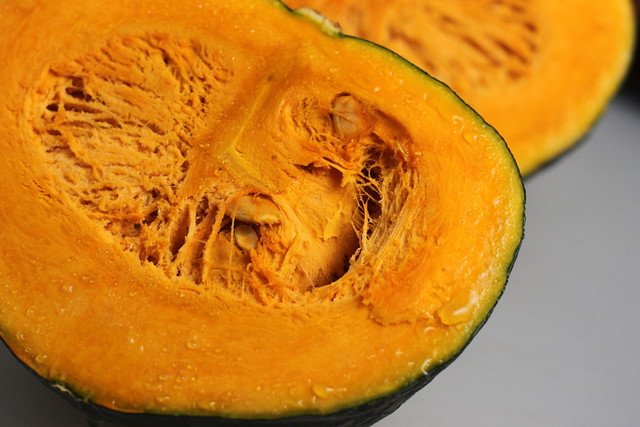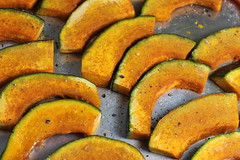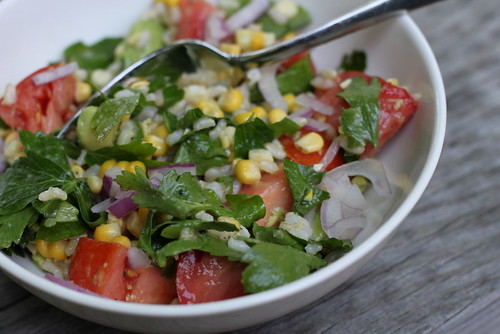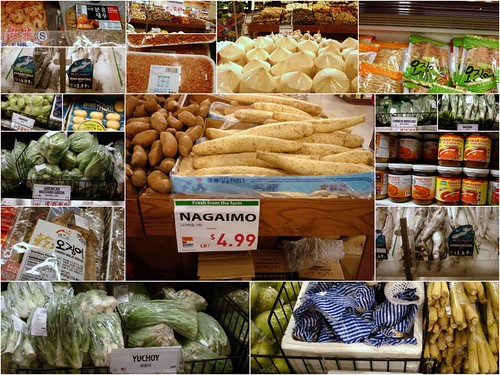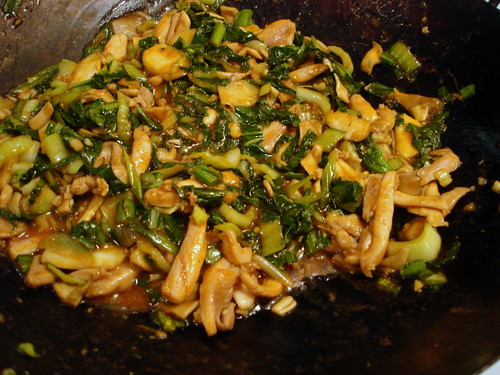This time, the squash was not as dry when roasted. It had the usual wettish feeling of any other squash (but still tasted just as good). Undeterred, I continued with my plan and made a simple spread anyway. This involved mashing the squash with a potato masher and mixing in some flavorings. I've tried it three ways now:
- Olive oil and pimenton (smoked paprika), for a Spanish theme
- Sesame oil and sesame seeds, for an Asian theme
- Plain.
As for the crackers, there are many recipes out there, but I found this one from allrecipes.com to be easy and full of whole wheat. And, it turns out, tasty. I won't repeat the recipe here....go look at theirs. But consider this advice. The first time I made it, I didn't roll it thin enough. It was fine at the edges, but it was thicker at the center. They tasted good, but the texture was off. I compromised by calling them "flat bread".
The second time, I was careful to roll them very thin. The instructions say to roll them to 1/8". What's 1/8"? Can you even attempt to measure it with a ruler? No. Just roll it as thin as you think it should be, and make it thinner. I found I had to do the full recipe in several batches to get them to fit on a baking sheet. The second time I also added toasted flax seeds. About a quarter cup of them, half ground and half left whole. They gave the cracker a complex toasty taste that was a real winner. I also found that they took more like 30-35 minutes to bake, rather than the 20 in the recipe.
You could easily do the squash with storebought crackers or the crackers with something else entirely. Both are dishes I will turn to again.


